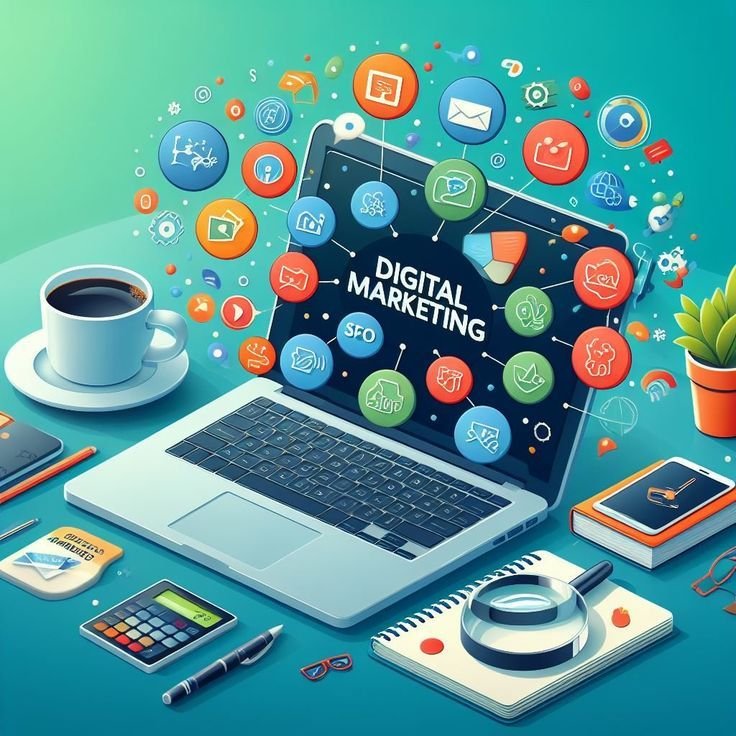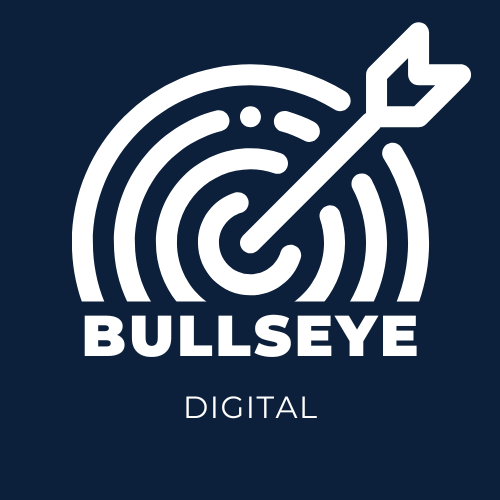No matter the day or occasion, consistent content creation is essential for inbound marketers—even if you’re not the one writing it. Gone are the days when content was only created for big events like product launches. Today’s marketing requires a steady mix of blog posts, videos, eBooks, classes, and social updates. Done right, this fuels SEO, boosts traffic, and drives quality leads.
Yes, it can feel overwhelming—but slacking off isn’t an option. Gaps in content mean lost business. Worse, rushed efforts can attract the wrong audience. This guide will show you how to build a realistic, sustainable content plan that works.

Step 1: Know Your Audience Inside and Out
Before you create any content, get clear on who you’re talking to. Think like your ideal buyer. Ask yourself:
Who are our best customers, and why?
What do they care about—problems, needs, goals, interests?
Where do they hang out online, and what content do they engage with?
Build detailed personas—fictional profiles that represent your ideal customers. Include names, job titles, industries, habits, and challenges. For example, a café near a college might create personas like Mary the Student and Dr. Davis the Professor. These profiles help guide content that speaks directly to the right people.
Understand What Your Customers Are Really Looking For
To connect with your audience, start by asking three key questions:
What problems are they trying to solve?
What do they need most right now?
What information are they searching for online?
Look at the path people take from visitor to customer. Use tools like Google Analytics or your marketing platform to see what keywords they search, what content they consume, and which forms they fill out. This data adds depth to your buyer personas.
For example, College Student Mary might search for late-night coffee spots. On your site, she reads about store hours, prices, and live events—so she values affordability, flexible hours, and a social vibe.
Meanwhile, Dr. Davis the Professor looks for places near campus with short lines. He checks out premium drinks and treats—showing he’s willing to spend more, but values speed and convenience.
Step 2: Match Your Content to the Buyer’s Journey
Your audience goes through a buying cycle—and your content should support them at every stage. Here’s a quick breakdown:
Awareness: They realize they have a problem or discover your brand for the first time. Use blogs, social media, or videos to grab attention.
Education/Research: They start looking for solutions. Share helpful guides, how-tos, or explainer content to build trust.
Comparison/Confirmation: They compare options. Case studies, testimonials, and product comparisons work well here.
Purchase: They’re ready to buy. Offer clear calls to action, demos, and special offers to seal the deal.
Each stage needs a different kind of content—so don’t just post and hope. Plan with purpose.
Use the Right Content at the Right Time
Not all content fits every stage of the buyer’s journey. Here’s a simple content map to guide you:
Awareness – Grab attention
Use: Social media posts, blog articlesEducation/Research – Build trust
Use: eBooks, webinars, white papersComparison/Confirmation – Prove your value
Use: Testimonials, case studies, product demo videosPurchase – Seal the deal
Use: Product details, expert reviews, analyst reports
Think of content as a conversation—what your audience needs to hear depends on where they are in their journey.
Step 3: Build an Editorial Calendar That Keeps You on Track
Once you know your audience and what content they need at each stage, the next step is planning when and where to publish it. That’s where your editorial calendar comes in. It helps you stay consistent, focused, and aligned with your goals.
Here’s how to set one up:
Use a tool – A Google Calendar, spreadsheet, or project management app works fine. Try to plan 3 months ahead, if possible.
Start with your goals – If your goal is 500 new subscribers this quarter, look at what content helped you grow before, then build from that.
Get specific – Schedule blog posts, social updates, videos, or eBooks by date. Include the topic, content type, target persona, and platform.
Add details – Note which stage of the buying cycle each piece supports, key SEO terms, and your campaign goals.
Tie content to real events – Use holidays, promotions, or industry events to inspire timely content.
Repurpose smartly – Break big pieces (like white papers) into smaller chunks for blogs, videos, or social posts.
Organize by type – Keep separate sections for blogs, eBooks, videos, etc., to ensure a balanced mix across your strategy.
A good editorial calendar keeps your content purposeful, timely, and consistent.

